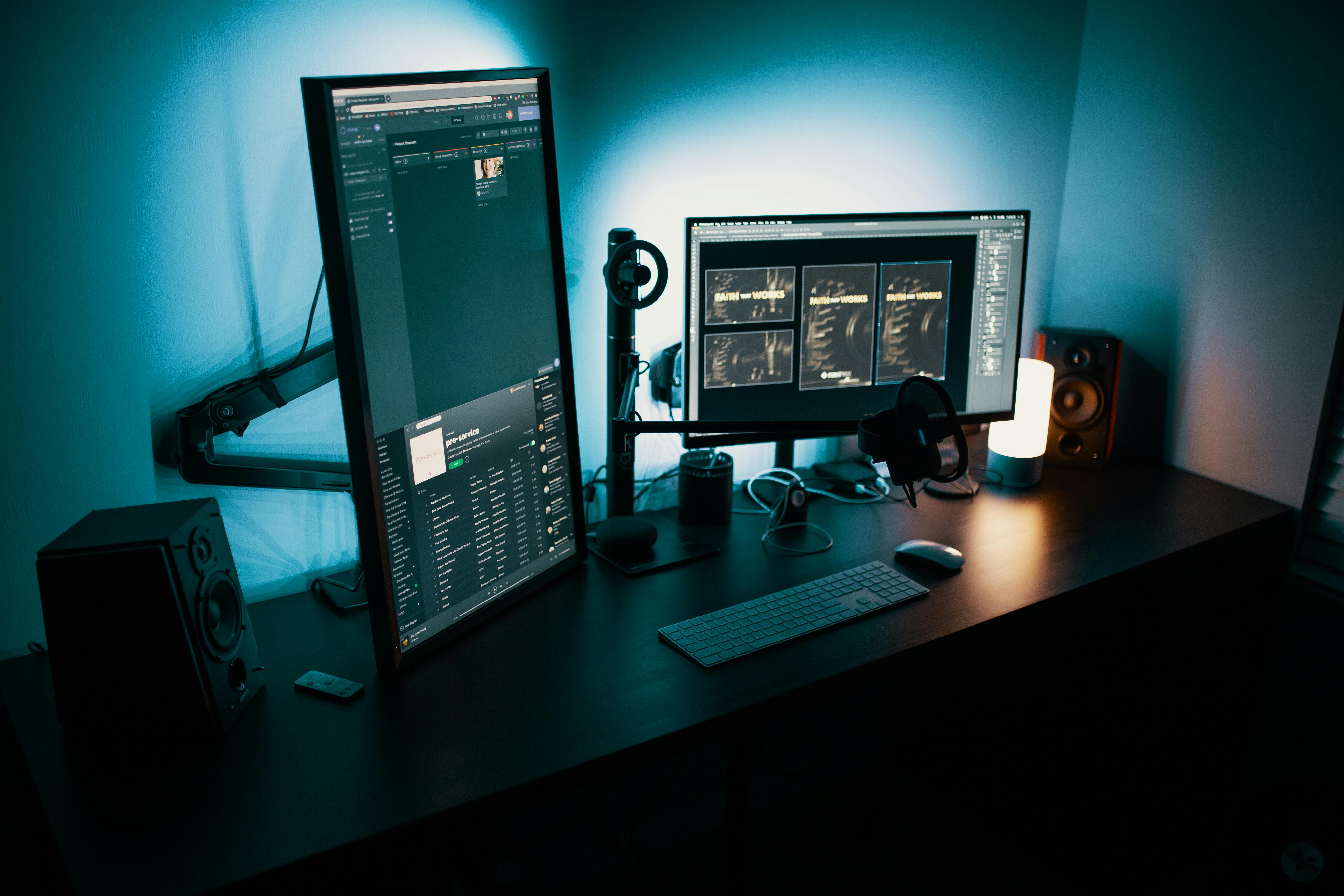A New Wave: Synthwave's Resurgence in Modern Media
In the ever-evolving landscape of entertainment, a nostalgic echo from the past has made an unexpected resurgence. Synthwave, a genre that encapsulates the aesthetics and sounds of the 1980s, is finding fresh life in our modern world. This article takes an in-depth look at the Synthwave phenomenon, exploring its roots, recent developments, and its impact on today's arts and entertainment industry.

A Flashback to Synthwave Origins
Synthwave, also known as Retrowave or Outrun, is a genre of electronic music that emerged in the mid-2000s, inspired by 1980s film soundtracks and video games. The genre is characterized by its heavy use of synthesizers, drum machines, and sequencers, often replicating the retro-futuristic soundscapes of artists like Vangelis, Jean-Michel Jarre, and Tangerine Dream.
This genre, steeped in nostalgia, was initially developed by a small, dedicated community of underground musicians. Their goal was to recreate and celebrate the distinctive, bold sounds of the 80s, using modern production techniques. Despite its humble beginnings, Synthwave has grown into a global phenomenon.
Synthwave’s Modern Renaissance
Fast-forward to the present day, Synthwave has transcended its niche origins and infiltrated mainstream media. From chart-topping music to blockbuster films and popular video games, the influence of Synthwave is undeniable.
Its resurgence can be attributed to a combination of factors. The rise of streaming platforms like Spotify and Bandcamp has made it easier for indie artists to reach a global audience. Simultaneously, 80s nostalgia has seen a revival in popular culture, with films like “Stranger Things” and “Ready Player One” showcasing the era’s distinctive visual and auditory aesthetics.
The Impact and Reception of Synthwave
The impact of Synthwave on the arts and entertainment industry is multilayered. Musically, it has revitalized interest in analog synthesizers and vintage production techniques, prompting a revival of 80s-style pop music. In terms of visual arts, Synthwave has sparked a resurgence in 80s inspired graphic design, characterized by neon colors, pixel art, and retro-futuristic landscapes.
Critically, the genre has been well-received. Synthwave artists like Kavinsky, Perturbator, and Gunship have been praised for their creative reinterpretations of the 80s sound. Likewise, the genre’s impact on film and video game soundtracks has been met with positive reviews, with critics acknowledging the nostalgic charm and emotional depth that Synthwave brings to contemporary media.
Synthwave’s Continued Influence and Future
Looking ahead, Synthwave shows no signs of slowing down. Its presence continues to grow in media and pop culture, driven by a collective yearning for nostalgia and a fascination with the 80s era aesthetics. As more artists and creators embrace the Synthwave style, it’s clear that this modern revival of 80s culture is more than just a passing trend—it’s a testament to the enduring appeal of a bygone era that continues to captivate audiences today.
In conclusion, Synthwave’s resurgence in modern media is not merely a nostalgic nod to the past but a unique fusion of old and new. It represents a creative movement that celebrates retro aesthetics while pushing the boundaries of contemporary music and visual art. As with all artistic trends, only time will tell how Synthwave will continue to evolve—but for now, it seems that the neon-lit, synth-heavy sound of the 80s is here to stay.






